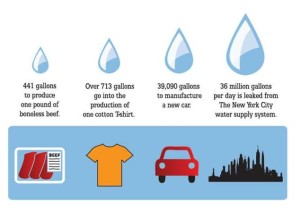From the Sustinability 2.1 Exponential Models Notes, I decided to work out an example. I thought it was pretty interesting because it discusses the population of Japan.
Example 2.32: Not all countries are growing in population. Some are actually shrinking. One such countryis Japan. Its population is roughly 127 million. In the last year, the country had roughly 1.03 million births,1.19 million deaths, and a net migration into the country of 0. Estimate the population of Japan after one year.
What I did for this example is as follows…
1.03 million births / 127 millions * 100 = birth rate = .81%
1.19 million deaths / 127 millions * 100 = death rate = -.94%
94%-81%% = 13% (Negative, because it’s the death rate that is greater)
127 million * 13%= the decrease in population = 16.51 million less than current population
127 million – 16.51 million = what we can expect in one year =110 million people
What will the population be in 10 years? Thats a good blog post for someone else to try out!


